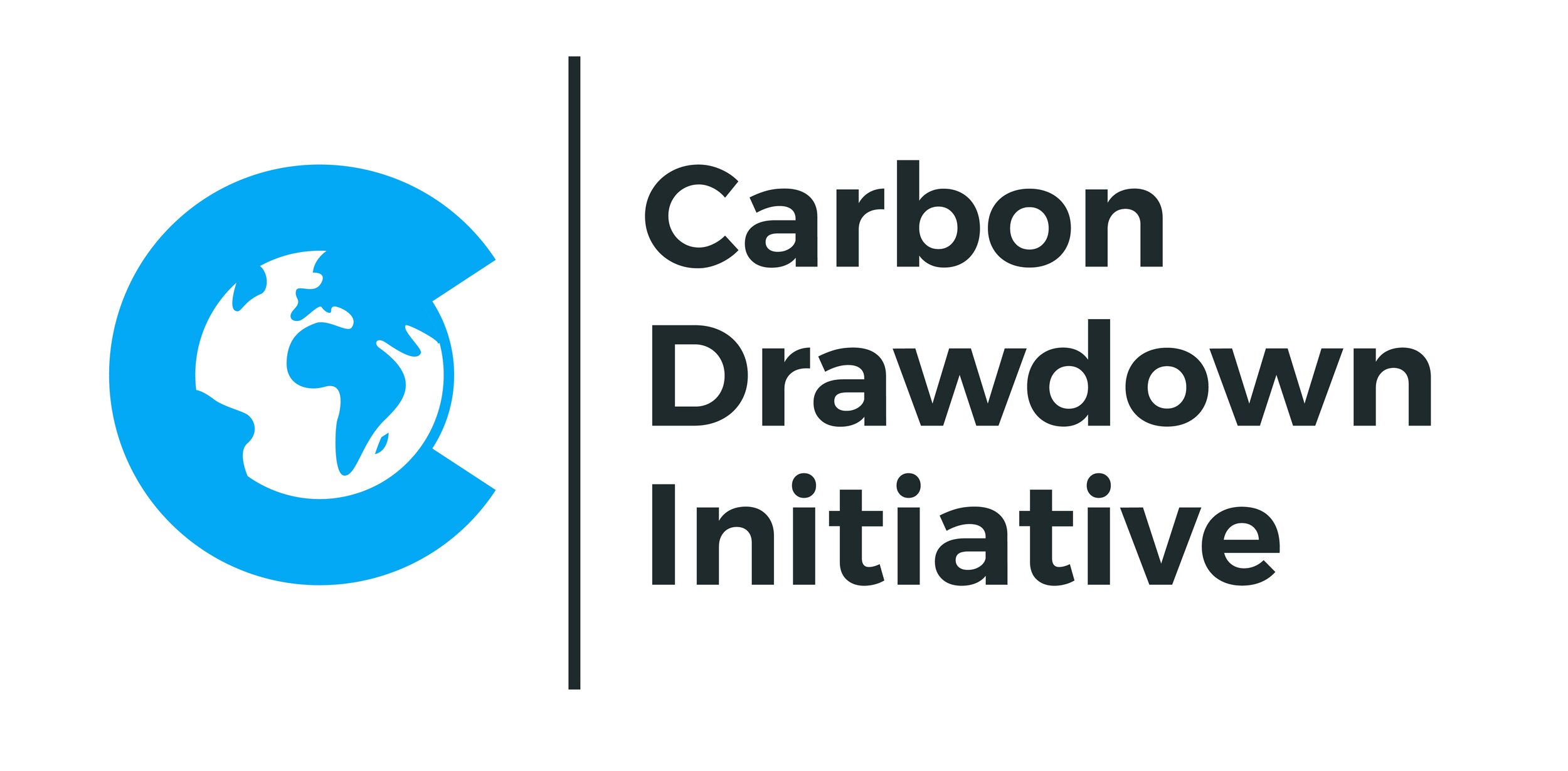Diagramm: The Annual Carbon Cycle on 1 m² of Cropland - With Enhanced Weathering
Enhanced Rock Weathering (ERW) involves the use of rock dusts (such as basalt) on croplands to remove Carbon Dioxide (CO₂) from the atmosphere, which is a necessary step to address the climate crisis.
The climate relevant effect of enhanced rock weathering on croplands is mostly an indirect CDR effect: The ERW concept expects rock-dust treated soils to respirate less CO₂ back to the atmosphere over the annual seasonal cycle. The amount of Carbon cycled through one square meter of cropland over one year is in the order of 750 g C that go in and out. This is much more carbon than the about 50 g C that we expect to keep in the ground per year by ERW which makes measuring the CDR effect tricky.
For the following graph data "for a hypothetical cornfield in a warm temperate region" was taken from Weil & Brady: "The Nature and Properties of Soils" (Box 12.4) and redrawn. Depending on the type of soil, climate, crop, irrigation, and farming methods the numbers can vary widely, but the basic concept of the Carbon Cycle is the same.
The graph shows the annual Carbon Cycle (carbon pools and carbon fluxes) for 1 m² of cropland which grows corn to feed animals. Upon harvest only the corn seeds are taken from the field, the rest is left on the field and tilled in.
Click the graph to zoom in
To achieve negative emissions for example 4 kg/m² of basalt (40 t/ha) would be added to the top soil in the spring which weathers over an assumed time of 10 years. 400 g of basalt per year react with CO2 inside the soil, which produces bi-carbonates that are washed away with leaching water. The basalt would sequester about 130g of CO2 (=1/3 of the mass of the basalt), that’s 50 g of C.
In this example after one year the "Soil Organic Carbon" pool was reduced by only 33 g or 0,5% (147 g were added, 180 g were lost) which indicates non-sustainable farming with soil carbon loss on the field. By more thoughtful farming methods or e.g. by pyrolizing the residues before tilling them into the soil ("biochar") the carbon pool in the soil could be improved which would further improve climate positivity of this field.
Update October 2024
After reading this blog post please also look at our blog article Why measuring alkalinity is not the same as quantifying HCO₃⁻ (How to avoid confusion about the seemingly straightforward use of alkalinity to quantify CO₂2 removal).
